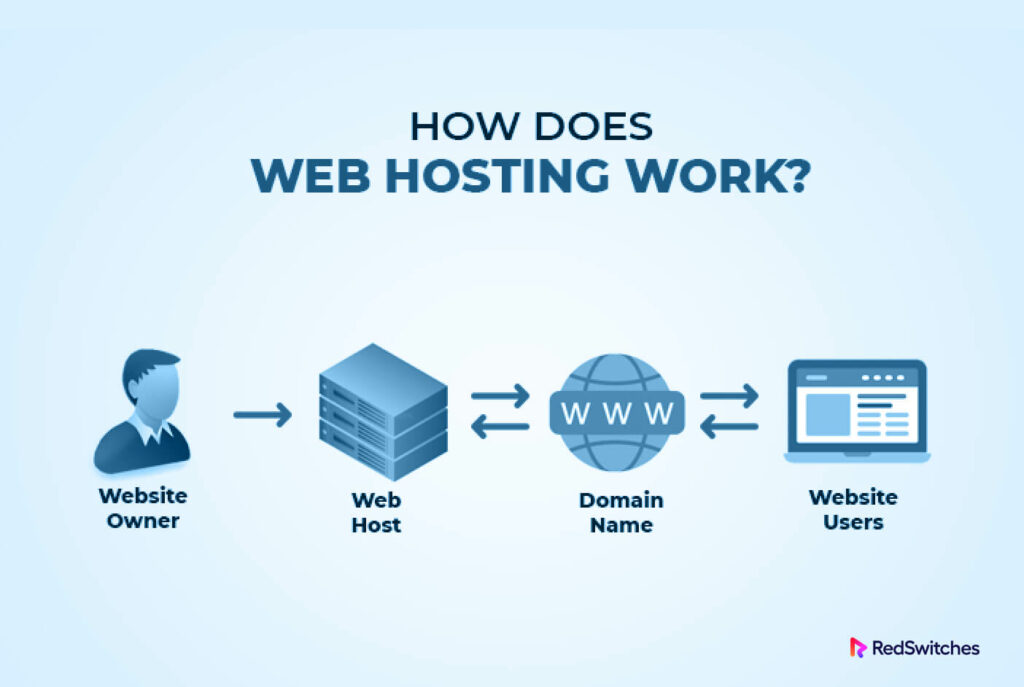
In the vast landscape of the internet, web hosting plays a crucial role in making websites accessible to users worldwide. For those new to the world of website ownership, understanding the basics of web hosting is essential. In this article, we will break down the key concepts and provide a simple guide to help you navigate the realm of web hosting.
Web hosting is the service that allows individuals and organizations to make their websites accessible on the internet. In simpler terms, it's like renting space on a server to store your website's files, making it accessible to visitors 24/7. When someone types your website's domain name into their browser, the hosting server delivers the requested files, displaying your website on their screen.
Web hosting may seem complex at first, but understanding its basics is crucial for anyone venturing into the world of website ownership. Whether you're starting a personal blog or launching a business website, choosing the right hosting plan and provider is key to ensuring your online presence is reliable and secure. With the information provided in this guide, you can confidently take the first steps toward establishing and maintaining your own corner of the internet.
Web hosting is a vital service that enables individuals and organizations to make their websites accessible on the internet. It involves renting space on a server to store website files, ensuring continuous availability to visitors. The types of web hosting include shared hosting, virtual private server (VPS) hosting, dedicated hosting, and cloud hosting, each catering to different needs and preferences. Shared hosting is suitable for beginners and small websites, while dedicated hosting provides maximum control for large, high-traffic sites. Features such as storage, bandwidth, uptime, security, and customer support are critical considerations when selecting a hosting plan.
Understanding key features is crucial, starting with storage, which denotes the space allocated for website files. Adequate bandwidth is essential for efficient data transfer between the website and users, particularly during periods of increased traffic. Uptime, representing the percentage of time a website is available, is a critical metric, and users should aim for hosting providers with high uptime guarantees. Security features, including SSL certificates, firewalls, and regular backups, play a vital role in safeguarding websites against threats. Additionally, 24/7 customer support with accessible channels like live chat, email, and phone is essential for addressing issues promptly.
Setting up a website involves several steps, beginning with choosing a unique and memorable domain name. Domain registration with a reliable registrar is the next step. Selecting an appropriate hosting plan based on the website's size and needs is crucial, considering factors such as storage, bandwidth, and hosting type. Domain configuration is necessary to connect the domain to the hosting account, ensuring proper redirection to the correct server. Finally, installing a Content Management System (CMS) through the hosting control panel, such as WordPress or Joomla, streamlines the website-building process.
In conclusion, web hosting, while initially seeming complex, becomes more manageable when grasping its fundamental aspects. Whether launching a personal blog or a business website, selecting the right hosting plan and provider is pivotal for establishing a reliable and secure online presence. Armed with insights from this guide, individuals can confidently embark on the journey of creating and maintaining their corner of the internet.





Comments